In hopes of trying to increase the revenues and influence of NASCAR Cup Series teams, 23XI Racing and Front Row Motorsports filed a lawsuit against NASCAR and Chairman Jim France.
The teams filed the lawsuit Oct. 2 in federal court in Charlotte, claiming NASCAR’s actions violate antitrust laws.
This story will be updated with the latest developments and analysis in the case. Information comes from documents filed in the case and through conversations with those knowledgeable on antitrust issues and NASCAR racing.
What is the latest happening in the suit?
Nov. 8, 2024 update:
Preliminary injunction denied. Because the charter and open agreements contain a release clause waiving the ability to sue NASCAR, the 23XI Racing and Front Row Motorsports organizations had sought an injunction to allow them to sign the agreement (preferably a charter agreement) while pursuing the lawsuit.
To be granted a preliminary injunction, one must prove irreparable harm without the injunction. The teams argued that drivers and sponsors could be allowed to leave and if they compete only as an open team, which earns significantly less money than a chartered team and is not guaranteed a spot in the field each week, that they eventually might have to shut down.
U.S. District Court Judge Frank Whtney determined that those harms were speculative impacts, not definitive ones that would require an injunction.
“Plaintiffs have alleged that they will face a risk of irreparable harm, they have not sufficiently alleged present, immediate, urgent irreparable harm, but rather only speculative, possible harm,” the judge wrote.
“That is, although Plaintiffs allege they are on the brink of irreparable harm, the 2025 racing season is months away — the stock cars remain in the garage.”
The judge ruled that should facts change, the teams could file the preliminary injunction motion again. The teams can appeal the ruling to the U.S. Court of Appeals.
The ruling came out during NASCAR’s annual “state of the sport” address and news conference at the season-finale weekend in Phoenix. NASCAR President Steve Phelps said he had no comment.
What happens next? The teams could sign the open agreement (NASCAR currently says the charter agreement is off the table for those organizations) but then would have to argue that the clause releasing NASCAR of claims is not enforceable.
23XI and FRM will appeal the decision. Attorney Jeffrey Kessler said he was pleased the judge decided to fast track discovery and other deadlines as part of his decision but obviously they wanted more.
“Although we are disappointed that the preliminary injunction was denied without prejudice and as premature, which we intend to appeal, this denial has no bearing on the merits of our case,” Kessler said in a statement.
“My clients will move forward to race in 2025 and continue to fight for a more fair and equitable system in NASCAR that complies with antitrust law.”
November 4, 2024 update:
Attorneys for both sides sparred during the 70-minute preliminary injunction hearing. The judge said he hoped to rule by Friday, Nov. 8.
Jeffrey Kessler argued that 23XI Racing driver Tyler Reddick, who is in the hunt for the Cup championship, and the team’s sponsors could leave if they are not allowed to run as a charter team while pursuing the lawsuit.
Even if they are an open team, they need an injunction, Kessler said, because the open agreement teams must sign releases NASCAR of antitrust claims. Although they have signed the agreements in the past, which NASCAR argued implies their consent, Kessler argued that the injunction focuses on the stipulation in a contract they have not signed (the 2025 charter and/or open agreements).
NASCAR attorney Chris Yates said 23XI has sophisticated ownership with Michael Jordan as a co-owner and by competing in NASCAR, the teams can’t enjoy the benefits of being a charter team — which he said includes about 50 percent of NASCAR’s television revenues going to Cup teams — while making antitrust claims. And if the teams prevail, Yates said monetary damages can be calculated, so therefore an injunction is not needed.
“They make bold announcements that ignore the evidence,” Yates told the court, later adding “The real problem is plaintiffs claim that they are saying something is anticompetitive for something they joined.”
Yates noted that “they could invest in NASCAR, they could invest in IndyCar, they could buy an NBA team.”
The last part, obviously, was a reference to Jordan’s former ownership of the Charlotte NBA team.
Kessler argued that the teams have put all their resources into stock cars and the injunction merely maintains the status quo while the litigation proceeds.
“They have no place else to practice their profession — you can’t go to a football player and say you can be a basketball player,” Kessler told the court.
Any decision is likely to be appealed, Kessler said following the hearing.
Outside the courtroom, Michael Jordan commented on being in court six days before Reddick competes for the Cup title.
“I’ve been in situations of disparity — the race team is going to focus on what they have to do this weekend, which I expect them to,” Jordan said. “I think Jeffrey did an unbelievable job today.
“I put all my cards on the table. I think we did a good job of that. But I’m looking forward to winning a championship this weekend.”
October 31, 2024 update:
The judge has denied an expedited discovery request from 23XI and FRM for NASCAR to produce documents prior to the Nov. 4 preliminary injunction hearing.
“While the proposed discovery requests may help Plaintiffs show a likelihood of success on the merits, they are not sufficiently narrowly tailored and … Plaintiffs argue the record is sufficient to support their motion for preliminary injunction as it stands,” the judge wrote in his ruling.
October 30, 2024 update:
In their reply to NASCAR’s response to their injunction request, 23XI Racing and Front Row Motorsports reiterated many of their previous arguments but with a couple of new points they hope can help them land the preliminary injunction:
–The teams argue that if they race as open teams, they still have to sign the NASCAR open team agreement, which includes the same clause that would release NASCAR of any claims the teams make in the lawsuit. So to even proceed fielding open, non-chartered cars, the teams would need an injunction to pursue the lawsuit.
–The teams also argue that NASCAR would not be harmed by the injunction because NASCAR already had planned, up until mid-September, to have 36 chartered teams, and therefore by allowing them to compete as chartered teams and pursuing the lawsuit, it is merely continuing the status quo.
October 23, 2024 update:
Both NASCAR and the teams had filings due Oct. 23 as part of the preliminary injunction process where 23XI Racing and Front Row Motorsports are asked to compete as chartered teams while pursuing the lawsuit (they cite a clause in the charter agreement that would prohibit them from suing). A hearing on the preliminary injunction motion is scheduled for Nov. 4.
NASCAR filed its response to 23XI/Front Row’s preliminary injunction motion, and obviously NASCAR doesn’t want to give them that benefit to run as a chartered team, considering 13 of the 15 Cup organizations have signed charter agreements.
NASCAR says it plans to run in 2025 with 32 chartered teams (instead of 36 this year) and eight open cars (instead of four) in its 40-car field — 23XI and Front Row currently have two charters apiece that they have yet to sign for.
NASCAR argues that the teams don’t meet the requirements for an injunction because they can still compete as open teams and that any damages that they suffer if they prevail in the case can be covered monetarily.
NASCAR also argues that 23XI and FRM won’t win the case because NASCAR Cup racing is not the market when it comes to antitrust law, that there are other racing and entertainment options. They argue the exclusivity provisions the teams cite as violating antitrust laws are common across sports and pro-competitive because they make the product more appealing to broadcasters, fans and sponsors when compared to other entertainment options.
The teams, who have until Oct. 30 to reply to NASCAR’s filing from Oct. 23, filed a reply to NASCAR’s response to the teams’ request for expedited discovery. The teams primarily argue that documents they want prior to the preliminary injunction hearing Nov. 4 will not be difficult for NASCAR to gather/produce and courts regularly grant expedited discovery to provide a more fulsome record for a preliminary injunction motion. The judge is expected to rule on this in the coming days.
Previous updates:
23XI and Front Row filed a motion Oct. 9 for a preliminary injunction to allow them to race in 2025 as chartered teams — they have refused to sign the charter agreement, which was signed Sept. 6 by the 13 other Cup organizations — while the lawsuit proceeds.
To get a preliminary injunction, 23XI and Front Row primarily must show a likelihood of success on the merits of the case and irreparable harm if the injunction is not issued. They also must show that a preliminary injunction is in the public interest.
The teams claim that the guaranteed spot in every race (which a charter team gets) is critical to their business. The Daytona 500 alone is worth about 15% of the entire season’s purse, according to the teams’ court filings, and “there is a risk that irreplaceable sponsors and drivers could abandon [the teams] if they have to compete as open teams and do not qualify for all their races.”
Front Row owner Bob Jenkins in court filings stated: “Because of our love for the sport and our determination to maintain the race team we have built, we are determined to race next year even if we have to do so on an ‘open’ basis, but at some point, the losses may become so severe that we simply cannot continue — causing irreparable harm to our business, our employees, and the communities and fans we are associated with.”
NASCAR indicated in an Oct. 9 court filing on the scheduling for the hearing on the injunction request, why it opposes the motion. NASCAR says the case is more a contract case and not an antitrust case and the teams’ motion doesn’t meet the criteria for a preliminary injunction.
NASCAR argues that an injunction is not a necessary measure because if it ultimately loses the case, the court could determine monetary damages that would compensate the teams.
On Oct. 16, NASCAR filed its response to the teams’ request for expedited production of documents and files. In that filing, NASCAR states that it is “planning a 2025 season with 32 instead of 36 Charters. NASCAR carries contractual obligations to the 13 teams that accepted its offers of 2025 Charters, and consistent with the terms of the 2025 Charters, NASCAR is working on reallocating funds that Plaintiffs would have received to increase prize money and other special awards for the 2025 season for the benefit of teams that timely executed 2025 Charters, as well as Open teams who can compete to win the increased prize money and other special awards.”
What is next?
NASCAR must file a response to that preliminary injunction motion by Oct. 23. The judge initially scheduled the hearing for Oct. 16 but NASCAR, with its offices in Daytona Beach, asked for it to be postponed because their offices were shut down for at least a couple of days because of Hurricane Milton. The hearing was moved to Nov. 4 with each side getting 30 minutes. The judge wouldn’t necessarily have to rule on the day of the hearing but typically would in the days following.
As far as the teams’ request that NASCAR produce documents in the next few weeks, the teams must reply to NASCAR’s response by Oct. 23. The judge would then rule on that motion between then and the Nov. 4 hearing.
Who are the parties of the suit?
The 23XI Racing team is owned by driver Denny Hamlin (who drives for Joe Gibbs Racing), basketball icon Michael Jordan and Jordan business associate Curtis Polk. They field cars for Bubba Wallace and Tyler Reddick, and plan to add a third car next year regardless of the lawsuit status.
The Front Row Motorsports team is owned by restaurant franchisee Bob Jenkins. It fields cars for Michael McDowell (who will be replaced by Noah Gragson next year) and Todd Gilliland. It plans to add a third car next year regardless of the lawsuit status.
NASCAR is owned by the France family, primarily Jim France and France’s niece, Lesa France Kennedy. Jim’s father, Bill France Sr., founded NASCAR in 1948.
What are the basics of the suit?
The teams say that a premier stock-car racing series must have premier stock-car racing teams to have a premier stock-car racing product. They argue that because NASCAR owns the series and the majority of the tracks while also requiring the teams to purchase parts and pieces for their cars from a NASCAR-approved supplier, as well as prohibiting teams and tracks from participating in other racing (primarily stock-car racing) series without NASCAR’s approval, that they violate antitrust law by controlling the market where premier stock-car racing teams can compete. They view the new 2025 charter agreement as unfair when it comes to revenue distribution to the teams in combination with the restrictions.
What is the charter agreement?
The 2025 charter agreement is designed to be an extension of the charter system that was formed in 2016 as NASCAR attempted to address the team business model by defining the guaranteed revenues teams would get and guaranteeing a spot in every Cup race. It in many ways acts as a franchise but differs from other sports leagues in that the teams do not have ownership in the league itself. The teams and NASCAR had been negotiating a new agreement for a couple of years to replace the one that expires at the end of the 2024 season. On the late afternoon/early evening of Sept. 6, the teams were sent a final NASCAR proposed agreement and given until midnight to sign it.
What are the teams asking for?
The lawsuit isn’t too specific about what the teams are asking for. They are asking for any relief necessary to restore competition and unspecified monetary damages.
What does Michael Jordan say?
The basketball icon told FOX Sports on Oct. 6 prior to the Talladega race: “I did it for the smaller teams as well. It’s not just me. I think everybody should have an opportunity to be successful in any business. My voice is saying that it hasn’t been happening. … Hopefully we [at both sides] can come to our senses and figure out something that can make sense for everybody.”
What does NASCAR say?
Jim France and NASCAR President Steve Phelps, when approached by FOX Sports during the Talladega race weekend on Oct. 6, declined comment on the lawsuit. The sanctioning body has yet to issue a statement other than what is in public court filings.
In a Sept. 18 letter to 23XI Racing, an exhibit in the court filings, Phelps wrote: “It appears after 2+ years of negotiations with Teams, both collectively and individually, compromise and concession on both sides up until the last minute, we firmly believe that we have come up with a document that is fair and equitable to the industry. … You suggest that NASCAR somehow has ‘monopoly power’ and that 23XI and other Teams ‘depend on [NASCAR] for a competitive opportunity’ and have been presented with a ‘take-it-or-leave-it offer.’ We feel — and our attorneys have confirmed — that this contention is misplaced — and similar types of claims have already been rejected by courts.”
In its Oct. 16 filing, NASCAR sums up the suit by stating: “Plaintiffs have filed a meritless suit against NASCAR alleging baseless antitrust claims in order to obtain commercial agreements they previously rejected, and to attempt to extort more favorable contract terms.”
What do other team owners say?
RCR owner Richard Childress: “I didn’t have a choice. We had to sign. I have over 400 employees, OEM [manufacturer] contracts, contracts with sponsors. I’ve got to take care of my team.”
Trackhouse owner Justin Marks: “It’s a wait-and-see game. It’s going to take a long time to take to get to any sort of point where we know what the future looks like. … For us, we just have to focus on Trackhouse. Ultimately, we got to a place where I was comfortable signing the contract. We did a great job the last couple of years building a viable business under the current arrangement and the new one will continue that in our standpoint.”
RFK Racing owner (and driver) Brad Keselowski: “We’re always going to be fighting over a piece of the pie. … I just want peace. I want our entire industry to become laser-focused on growing the sport and creating incentives where we all win when that happens.”
What do drivers say?
Kyle Larson (Hendrick Motorsports): “We’re probably one of the only sports, if not the only sport, that athlete salary has gone down in the last couple of decades. Where you look at, clearly, most athletes’ salaries are going up — not just athletes but coaches, staff members, everybody. Obviously we would love to see it trend upward instead of the opposite, which it’s been, but I think with that, the teams probably have to make a lot more money to make it viable to pay the people that are working for the organizations.”
Joey Logano (Team Penske): “Does it affect me? I’m sure someway, somehow, someday, it probably will. But at the moment, there’s nothing I can do either way. So I’m just kind of letting it roll and see how the cards fall and see what happens.”
Michael McDowell (Front Row): “Bob Jenkins is so dedicated to this sport. … He has spent millions and millions and millions and millions and millions of his own dollars to be in this sport and to be competitive. Nobody does that unless they’re insane or super passionate. Bob is very passionate.”
Who are the lawyers?
The teams’ main attorney is Jeffrey Kessler, who is known for representing NCAA athletes in their quest to earn money from their name, image and likeness. He also has represented U.S. women’s national team players in their quest for equal pay. He also represented Tom Brady during “Deflategate.”
NASCAR is represented by Chris Yates, a noted attorney who has represented the U.S. Soccer Federation, the UFC, World Aquatics, Fanatics, the Atlantic Coast Conference and the Hollywood Foreign Press Association.
Who is the judge?
The judge is Frank Whitney, who was appointed to the bench in 2006. He is a former Army reservist, a military intelligence officer, and spent 15 years as a federal prosecutor in North Carolina. As far as racing cases, he currently is the judge in a Video Privacy Protection Act class action lawsuit against NASCAR. He also has presided over BK Racing owner Ron Devine’s lawsuit against the bankruptcy trustee over whether he owes money to the former team’s bankruptcy estate. Magistrate judge Susan Rodriguez, who would handle certain motions in the case, is the magistrate for the data privacy case and also recently presided over a breach of contract trial between Front Row owner Bob Jenkins and Devine and BK Racing co-owner Michael DiSeveria over who was responsible to pay for liens on a charter FRM bought from BK.
How long could this take?
This case could settle at any time. But it could take two years or more if it went to trial. And then any appeal could take a year or more. And if there are decisions that could merit an appeal before the case continues toward trial, it could take even longer.
Will the teams win?
There is no question NASCAR controls many aspects of the sport. It has faced antitrust actions twice over the last 25 years, but those complaints came from racetracks that wanted Cup races (NASCAR prevailed in one, settled the other). The key for the teams is to get past what most likely will be a motion to dismiss (where NASCAR would ask the judge to rule that it didn’t violate the law even if everything the race teams allege is true) before discovery occurs. If NASCAR fails to persuade the judge to throw out the case, the teams would get to look at NASCAR’s books and emails, which would then give them the opportunity to find any egregious acts that discourage competition. It is possible that alone would push NASCAR to settle.
Will NASCAR win?
NASCAR leadership could argue that they gave teams a charter agreement to help them and were under no obligation to do so — and that there could be more competition if there was no charter agreement whatsoever because no one would be guaranteed a spot in the field. They could argue that they don’t stifle competition because there are other stock-car series, albeit on a smaller scale (such as the CARS tour), or other racing series that teams could compete in. And they could argue against the premise that they are legally required to have premier racing teams competing in their events.
And what would be the potential outcomes?
That is the biggest question. The teams appear to want their preferred terms of the charter deal — they would like to see permanent charters, more of a say in the governance of the sport and more control of their intellectual property than what is in the 2025 charter agreement. But there could be other/different changes that address the antitrust issues. Could NASCAR be required to sell the tracks, and if so, who would buy them, and how would that address the teams’ issues? Could NASCAR change clauses in the charter agreement that don’t necessarily deal with revenue awarded to the teams but which satisfy the legal issues and would then force the teams to potentially see if another major stock-car series could be developed? That is what gives this case the potential to have a major impact on the future of the sport.
Bob Pockrass covers NASCAR for FOX Sports. He has spent decades covering motorsports, including over 30 Daytona 500s, with stints at ESPN, Sporting News, NASCAR Scene magazine and The (Daytona Beach) News-Journal. Follow him on Twitter @bobpockrass.
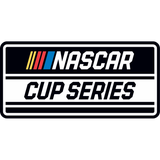
Get more from NASCAR Cup Series Follow your favorites to get information about games, news and more

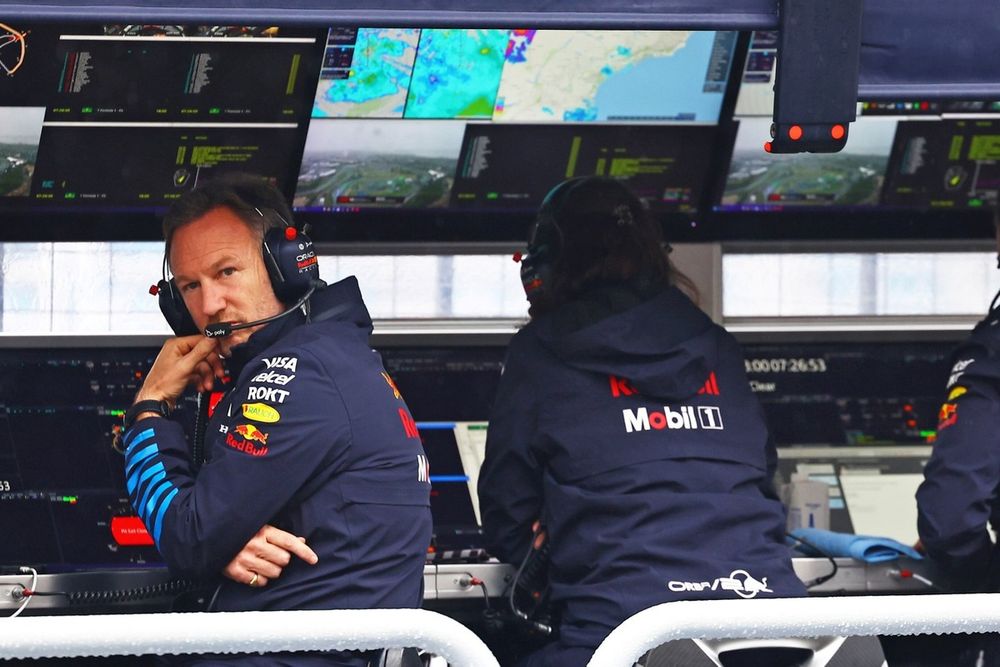



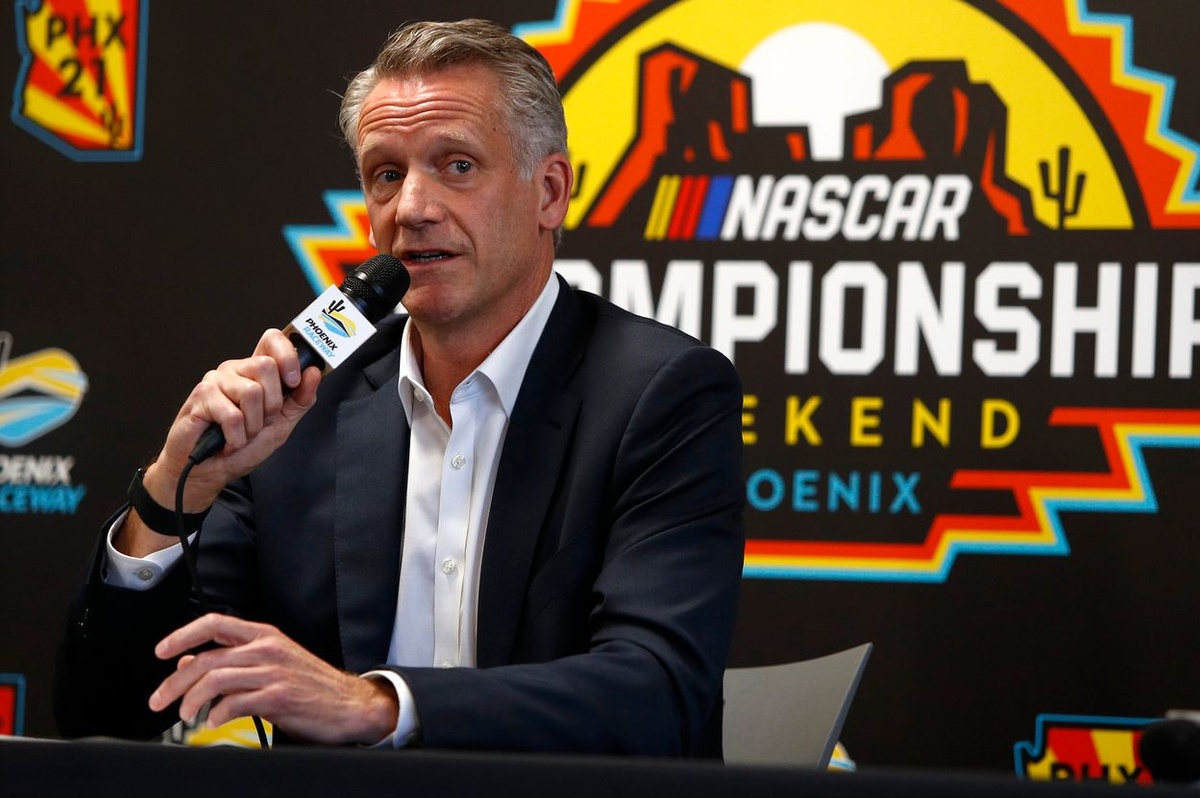

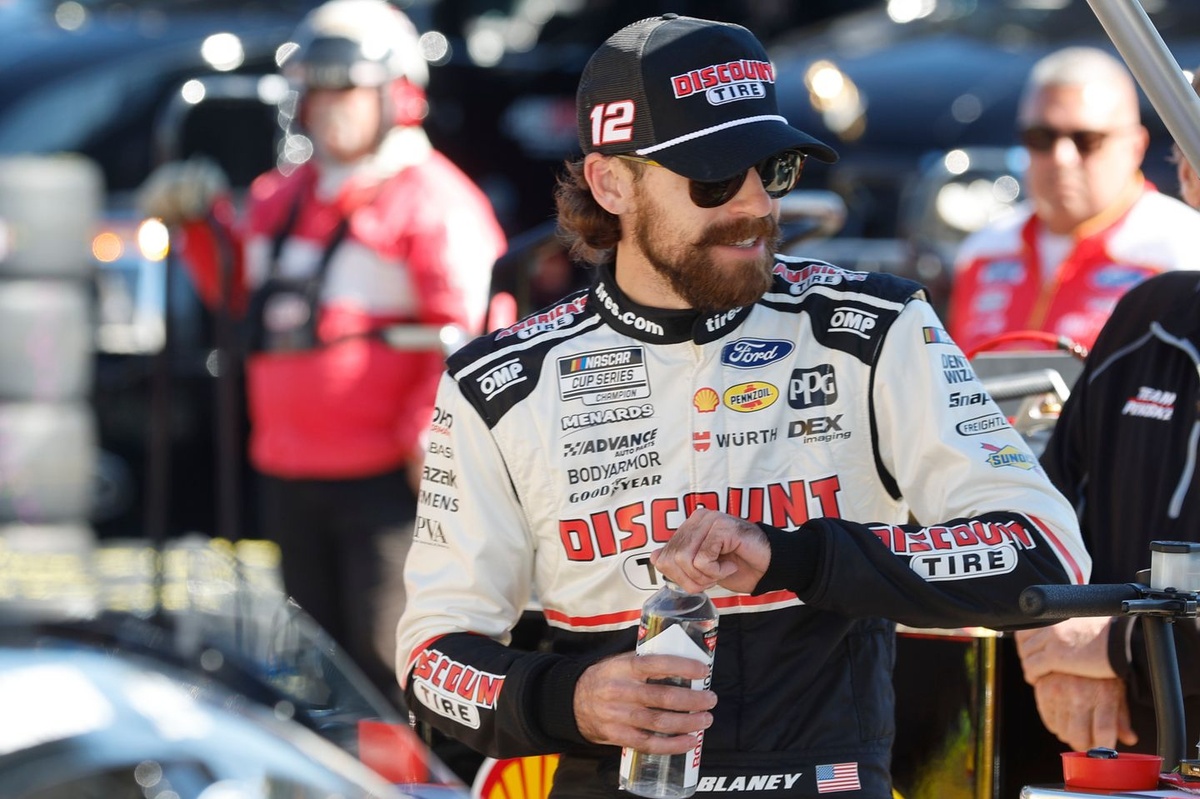

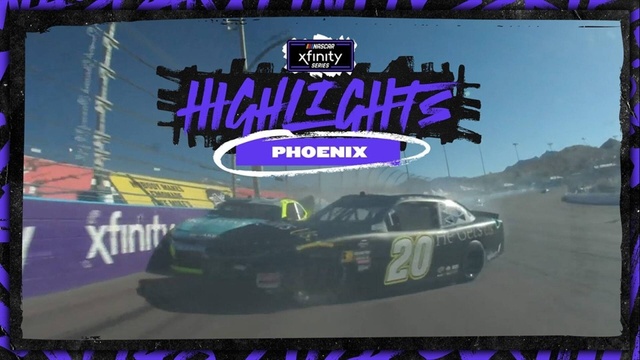



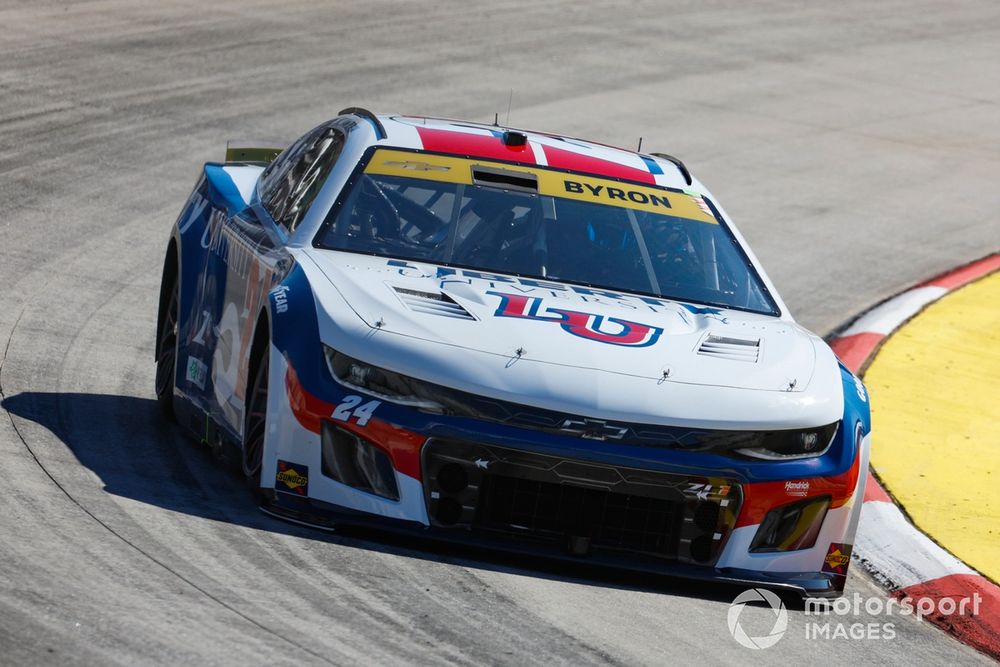


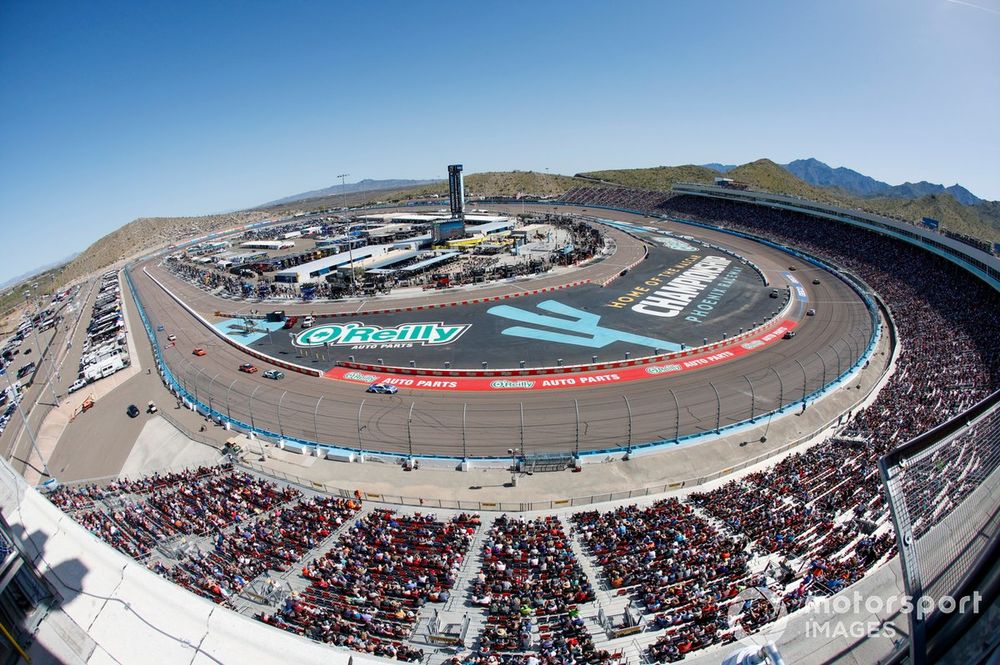
































































































































































You must be logged in to post a comment Login